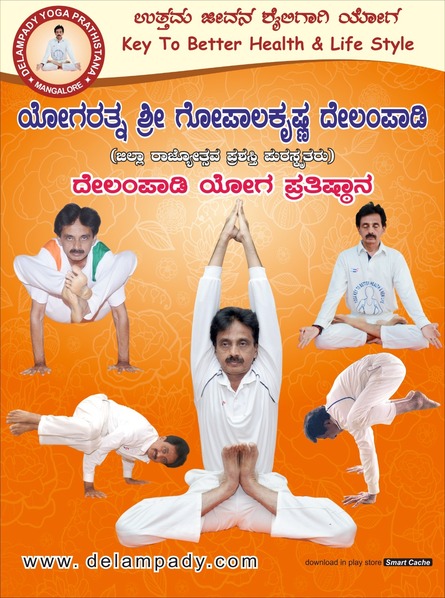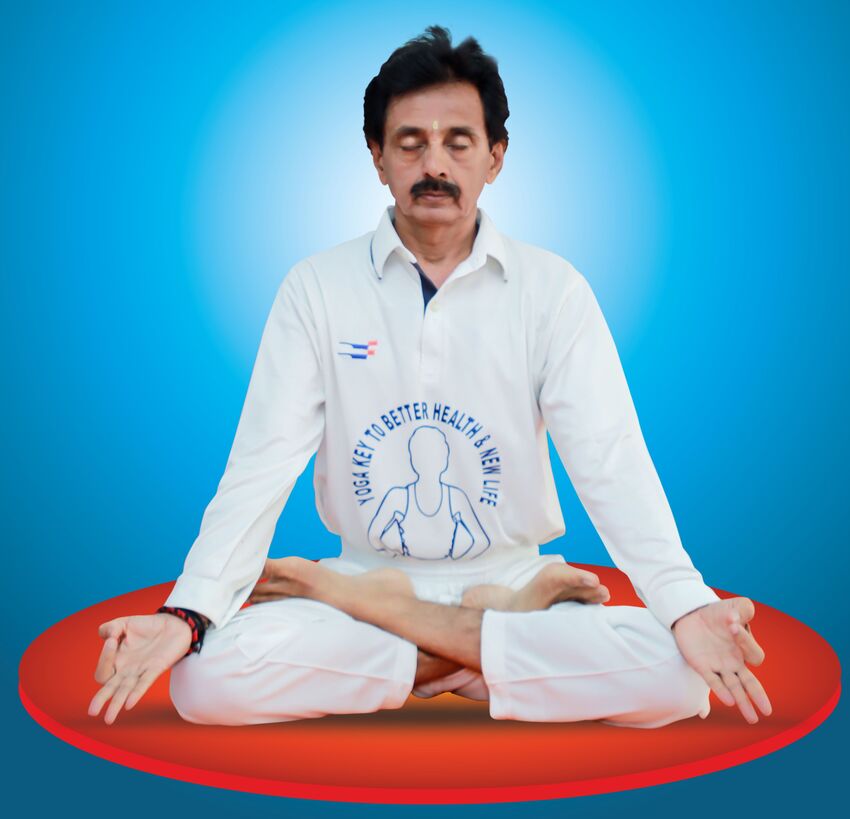

Yoga Shastra says that the origin of yoga shastra is Brahma. But in Mahabharata, it is written that it was founded by sage Sanat Kumar. In the Yoga Shastra classics, the Yogashastra by Patanjali is considered as the most authentic and most scientific. The great sage Patanjali has given 195 out of 196 sutras and this yogasutra has four chapters. This great sage codified and classified the ancient science systematically and gave a proper shape to it. The four chapters are

Mahatma Gandhi said, "The union of all the powers of the body, mind and soul with the God is Yoga". There are four types of yoga - Jnana yoga, Bhakti yoga, Karma yoga and Raja yoga. Controlling the desires and achieving concentration is the essence of yoga. According to sage Patanjali there are eight steps in yoga. Yama, Niyama, Asana, Pranayama, Pratyahara, Dharana, Dhyana, and Samadhi.

in yoga mental purity and moral upliftment can be achieved. This is applicable not only to an individual but to a society as a whole.

Second step of yoga process is Niyama (happiness, meditation, sacrificing everything for God, self study). Through this mental and physical condition improve, providing sound health

Third step in yoga process is Asana which means constant, comfortable. Different poses of the body are called "Yogasana". In Yogasana, systematic movement of the body with breath is involved by bending or twisting one's body

The fourth step of Ashtanga Yoga is Pranayama. Pranayama helps in regulating breath and makes breathing systematic by increasing capacity of lungs and nervous system. The Nadi (pulse) gets rhythmic removing unsteadiness of the mind and makes the mind calm

This is the fifth step of Ashtanga Yoga. It is a tool to control mind and sense organs. By drawing the sense organs inwards, and helping a Sadhaka to reach God, is Pratyahara.

This is the sixth step of Ashtanga Yoga. It helps in concentration on a particular thing, completely for a long time.

This is the seventh step of Ashtanga Yoga. Dhyana is flow of thought towards a particular object without continuous effort. Dhyana removes the wavering thoughts of the mind, cleans it and gives deep rest and happiness to the mind.

This is the eighth step of yoga. Mind which is purified by Dhyana is Samadhi. Mind unites with the object of Dhyana and then mind becomes worriless and constant. One gets “Ananda” and energy flows through the body and cells gets new vigour.
The word 'yoga' has come from the Dhatu “Yug”. The process of uniting Jeevatma with Paramatma is Yoga. In Patanjali Maharshi yoga, 5 types of mental conditions which bring happiness or sadness. 1.Pramana (quantity), 2. Viparyaya (wrong understanding), 3. Vikalpa (faulty imagination), 4.Nidra ,5. Vismruti (non-awareness)
It gives a deep rest to the mind and it gets cleansed. It helps to achieve the state of 'Ananda Swaroopa' Upanishad says. "Mana Eva Manushyanam Karanam Bandha Mokshayo". Mind is the cause of bondage as well as freedom from bondage (Moksha). If mind is left uncontrolled it causes many problems. Therefore one must bring one's mind under control. If one wins one's mind, one can win the world’, says Vivekananda.
